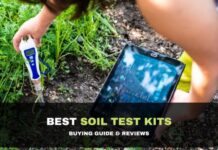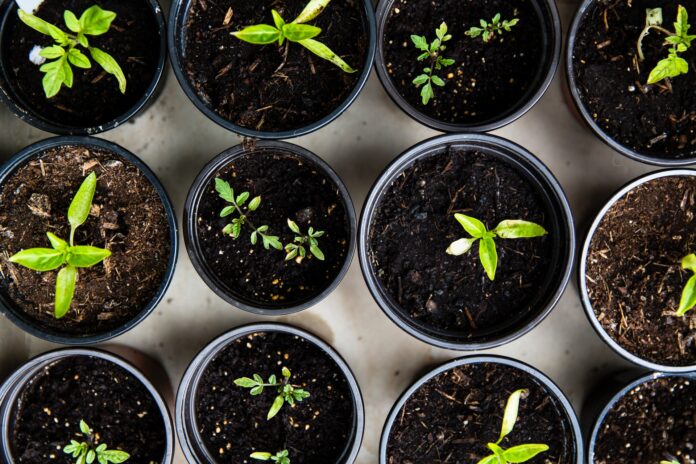
Today, there are many ways to take care of plant health and improve yields. Technological solutions from companies like eos.com help farmers stay on top of the field and make better decisions, but that’s not all.
All plants need oxygen. But if the stems and leaves get constant access, the roots, especially in dense soils, experience oxygen starvation. As a result, the plants begin to ache and wither.
The soil is also home to many microorganisms that also require oxygen. This procedure is exceptionally significant, but some farmers and gardeners underestimate it. However, this procedure helps to improve air circulation. In this material, you will learn about the reasons and methods of soil aeration.
What is aeration?

Soil aeration is the saturation of the soil with oxygen due to the exchange of oxygen and carbon dioxide between the pore space of the ground and the atmosphere. In agriculture, aeration is loosening the earth with specialized tools to provide oxygen to the roots of plants. This procedure is necessary to prevent oxygen deficiency and plant wilting.
Organisms that live in the soil aeration layer and participate in soil formation are called aerobics. Soil, which contains enough oxygen, provides roots and microbes with air. Thanks to oxygen, the oxidation reaction also takes place at an optimal rate.
Why aerate?
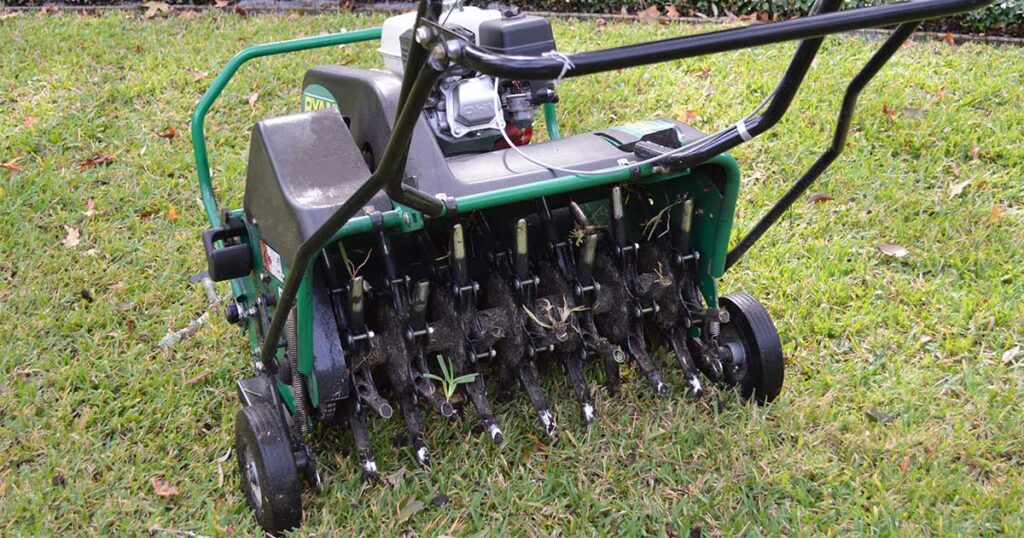
Aerating the soil has many benefits. The main benefits are proper drainage and the development of healthy plants, as, without a regular exchange of water and oxygen, the growth of shrubs, trees, and herbaceous plants is at risk.
In addition, not only young plants can wither due to the compaction of the soil around the roots. Plants that have bloomed earlier and are more mature may also be affected.
Aeration is needed to facilitate the access of water, nutrients, and oxygen to the root systems of plants.
Top reasons for poor soil aeration
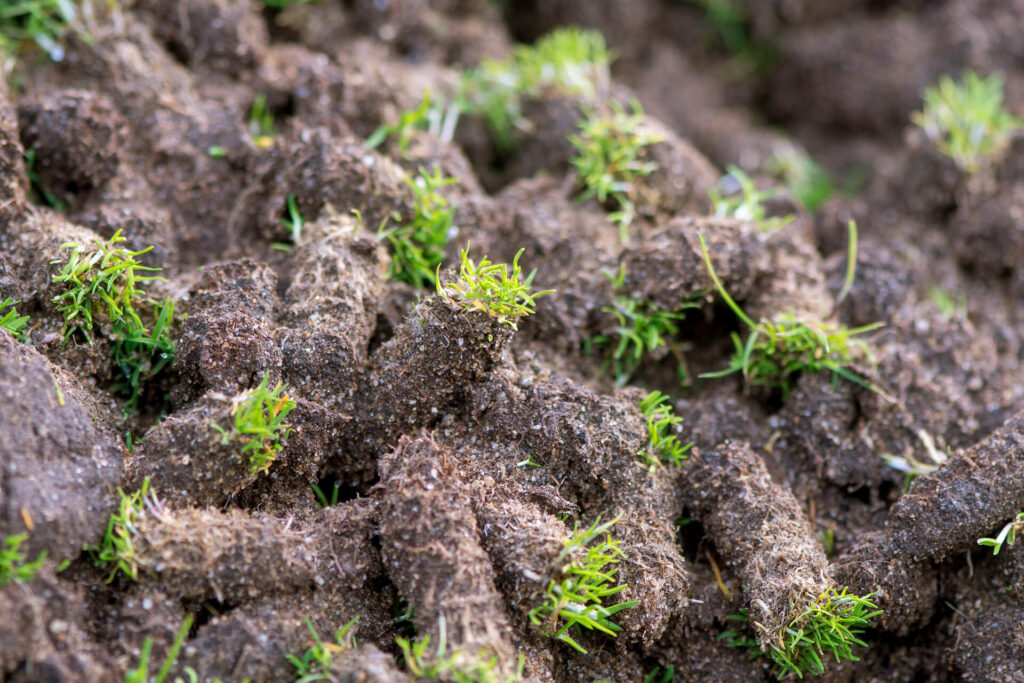
Several factors can affect soil aeration. The farmers should take them into account to carry out the procedure correctly and prevent negative consequences.
The factors that impact the aeration include soil texture and moisture, organic matter application, machinery movement, grazing use, and infiltration properties.
These factors can provoke soil compaction, as well as increased carbon dioxide and oxygen deficiency. Furthermore, poor soil aeration can cause waterlogging. It refers primarily to the soils of fine texture.
Key soil aeration methods
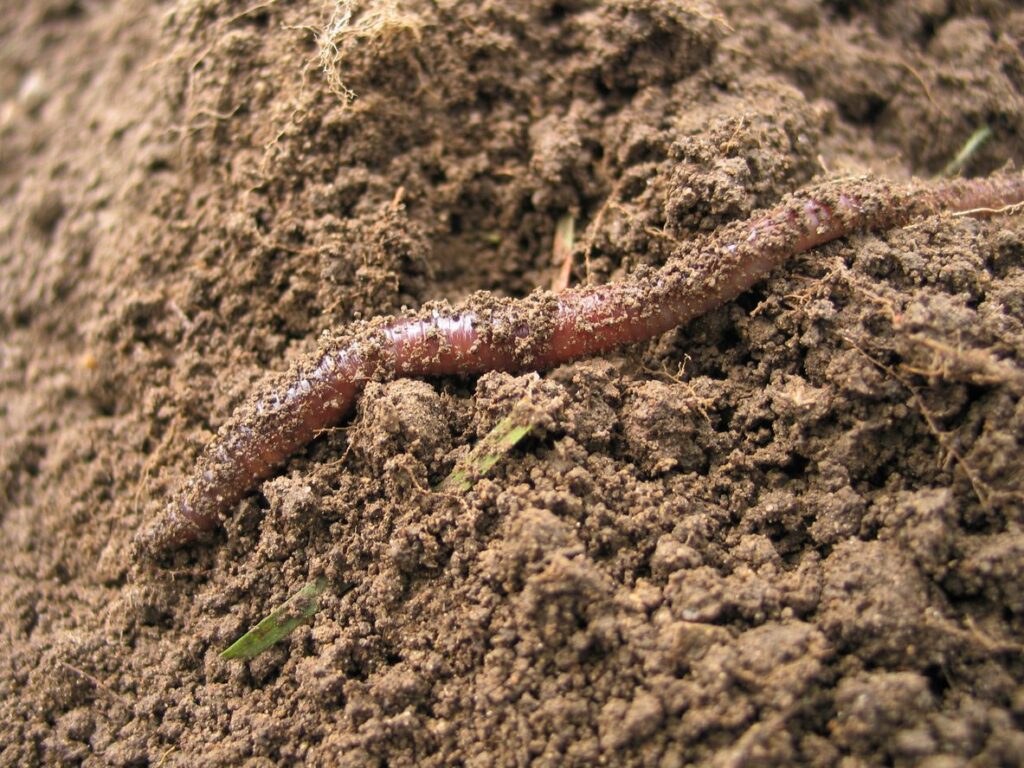
The stems and leaves of plants are on the surface and can be oxygenated without problems, as for the roots and soil microorganisms due to soil compaction and several other factors. Therefore, soil aeration is necessary. This procedure allows you to soften the topsoil and also improves its infiltration properties.
The most radical method to achieve these goals is to remove the vegetation cover and replace it entirely. However, this is not always possible, and aeration is a more reliable and effective solution.
Core Aeration
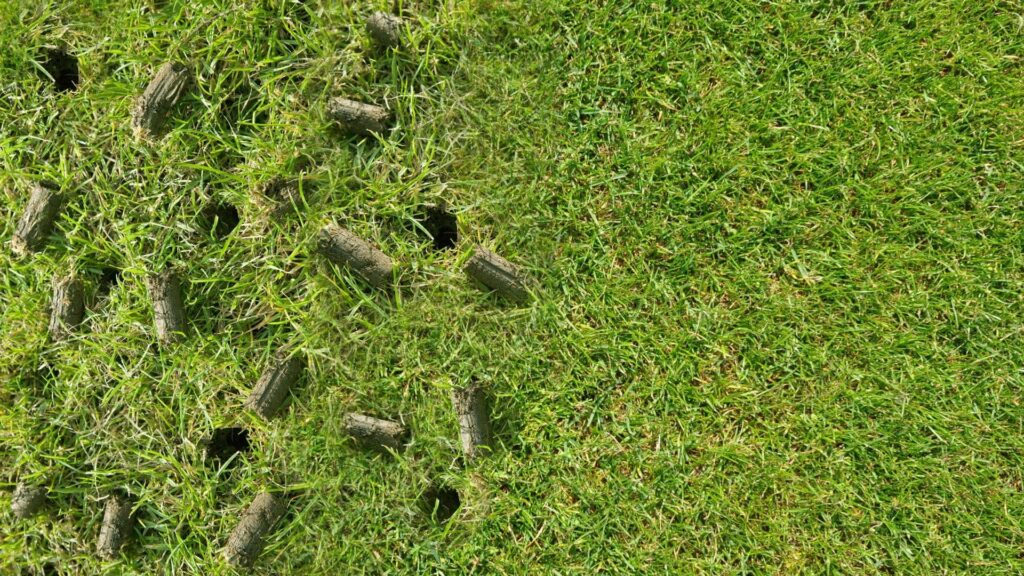
This method is most commonly used for the processing of compacted clay soils. You do not pierce the ground but pull parts out of it and leave them on the surface.
The result of such a procedure may not look the best since holes remain in the treated area for compost and air to penetrate to the plant roots. Seals or cores that prevent oxygen and nutrients from reaching the deeper layers of the soil consist of straw, roots, and clay.
It is a long-term and effective solution for clay soil. The advantages of this method are richer oxygenation of the root zone, improved soil texture, enhanced gas exchange, water infiltration, and improved nutrient penetration. For core aeration, mowers and manual aerators are used.
Spike Aeration

The spike aeration method involves making holes in the soil for better air entrance. It has a minor impact on the ground. However, this method is not the best option if you need to aerate over a large area.
Tools such as aeration shoes, rollers, tines, and mower attachments are used for spike aeration, so the coverage is significantly limited, as most involve manual operation or walking. All of these tools have spikes that pierce the ground and require physical force.
Prongs and shoes are best for small areas and hard-to-reach places where a mower or roller will not pass. In addition, these tools are most suitable for soft soils. Otherwise, this process will be quite physically tricky. For more challenging soils, as well as loose and sandy soils, hand rollers are best suited.
The mower requires less physical effort and is suitable for larger sites. However, do not remember that before using the mower, it is necessary to remove from the treated area all complex objects that could damage the tool.
The best time for aeration is traditionally autumn and spring. However, spike aeration is the least invasive method so that you can do this throughout the growing season.
Liquid Aeration
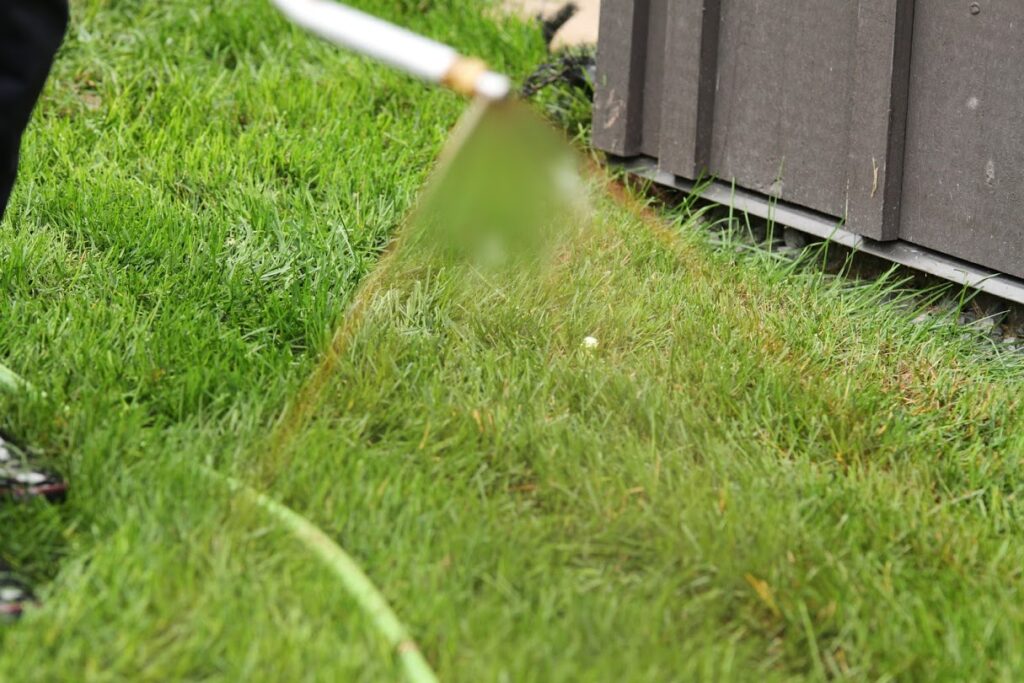
Liquid aeration is used somewhat less often than manual aeration since the purpose of using this method is slightly different. With liquid aeration, you do not work directly with the soil but apply liquid fertilizers that promote the penetration and normalization of oxygen circulation. This method includes soil moistening and biota nutrition.
Wetting components open the deeper soil layers for water, improving infiltration. Microorganisms can thus also penetrate deeper. They dig deeper and thus create new passages for water seepage, which promotes the development of the root system.
The seaweed extract found in liquid aerators is also food for microorganisms. The condition of the soil largely depends on the activity of microorganisms, which is increased by this food. The porosity of the earth is increased by worms, which also benefit from liquid aeration. Soil fertility is also increased due to organic matter processed by microorganisms, insects, and worms.
Final thoughts
Aeration is essential for plant health, as it promotes proper air circulation in the soil and the penetration of nutrients and water. Before starting the procedure, you need to understand what factors affect soil compaction. Together with the size of your site, these factors will help you choose the proper aeration method.


